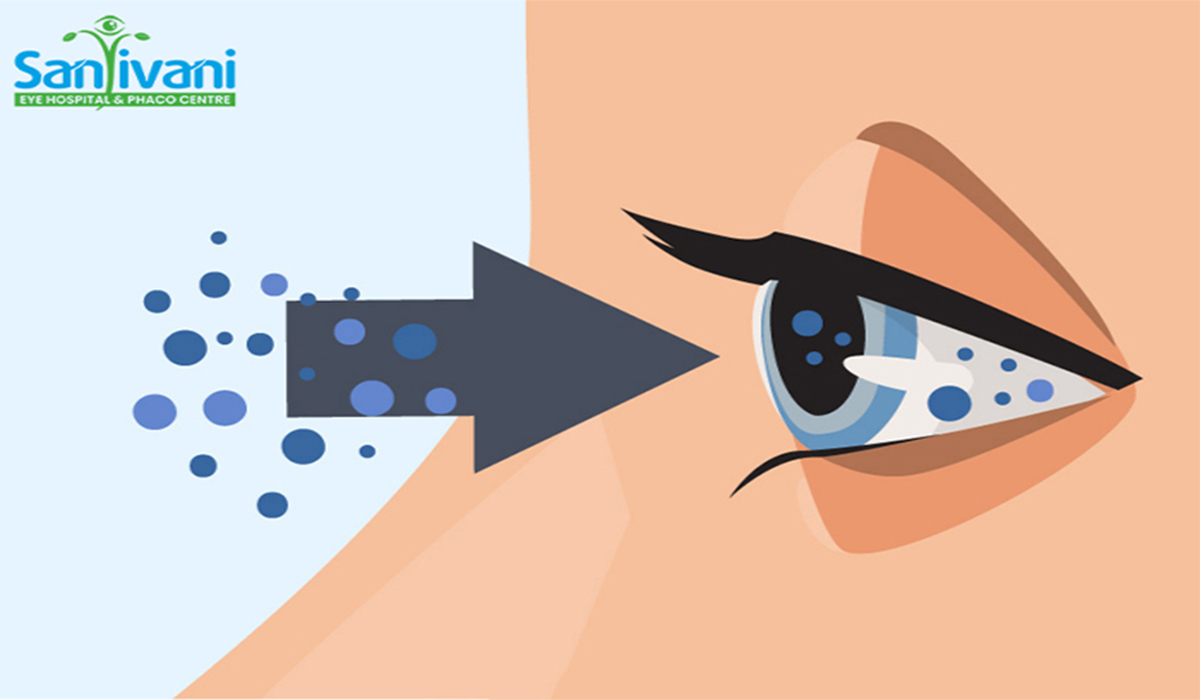
Fungal Eye Types , Symptoms, Treatments & surgery
Depending on the area of the eye where the infection has occurred, a fungus eye infection may manifest itself in a variety of ways. Eye infections come in many forms, including pink eye or conjunctivitis, keratitis, styes, fungus infections of the eyes, and uveitis. The conjunctiva can get infected, causing conjunctivitis. It may be brought on by viruses, bacteria, or allergic reactions. In most cases, viral conjunctivitis resolves without the need for special care. You can treat allergic conjunctivitis by splashing cool water on your face. Like viral conjunctivitis, bacterial conjunctivitis heals on its own. Perhaps an antibiotic is required.
Chemical-induced conjunctivitis is treated with irrigation using Ringer's lactate or saline solution. Inflammation of the cornea of the eye is known as keratitis. Treatment is based on the keratitis' underlying etiology. A stye is also referred to as a hordeolum, which is an oil gland in the eyelid that has become infected with germs. Without eye treatment, the majority of cases resolve themselves. Warm compresses may also be recommended. The most common treatment for uveitis, which is the inflammation of the uvea, is the oral or topical administration of glucocorticoid steroids. Drugs that block metabolites are routinely utilized
Types of Fungal Eye Infections
Different eye segments might be affected by fungus infections. • A condition known as keratitis affects the cornea, the transparent outer layer of the eye. • An infection of the eye's interior (the vitreous and/or aqueous humour) is known as endophthalmitis. Exogenous and endogenous endophthalmitis are the two types. Exogenous fungal endophthalmitis develops when fungal spores from an external source enter the eye. When a systemic infection, such as candidemia, travels to one or both eyes, endogenous endophthalmitis develops.
Fungi That Cause Eye Infections
A fungus called fusarium can be found in the environment, mainly on plants and in soil. A typical fungus that lives in both inside and exterior habitats is Aspergillus. Candida is a type of yeast that typically thrives on human skin and the mucous membrane, which serves as the body's outermost layer of defense.
Fungal eye infections symptoms
Following are a few signs of a fungal eye infection:
- eye color
- Eye discharge and pain
- moist eyes
- wet eyes
- sensitivity to light
- enlarged eyes
- inflammation around the eyes
- Itching
- distorted vision
How to Treat Fungal Eye Infections
A fungal eye infection's treatment will rely on:
- • The type of fungus,
- • The severity of the infection
- • The parts of the eye are affected.
Home Remidies for fungal Infections
- 1. Salt water
- 2. Tea-bag
- 3. Warm compress
- 4. Cold Compress
- 5. Wash Linens